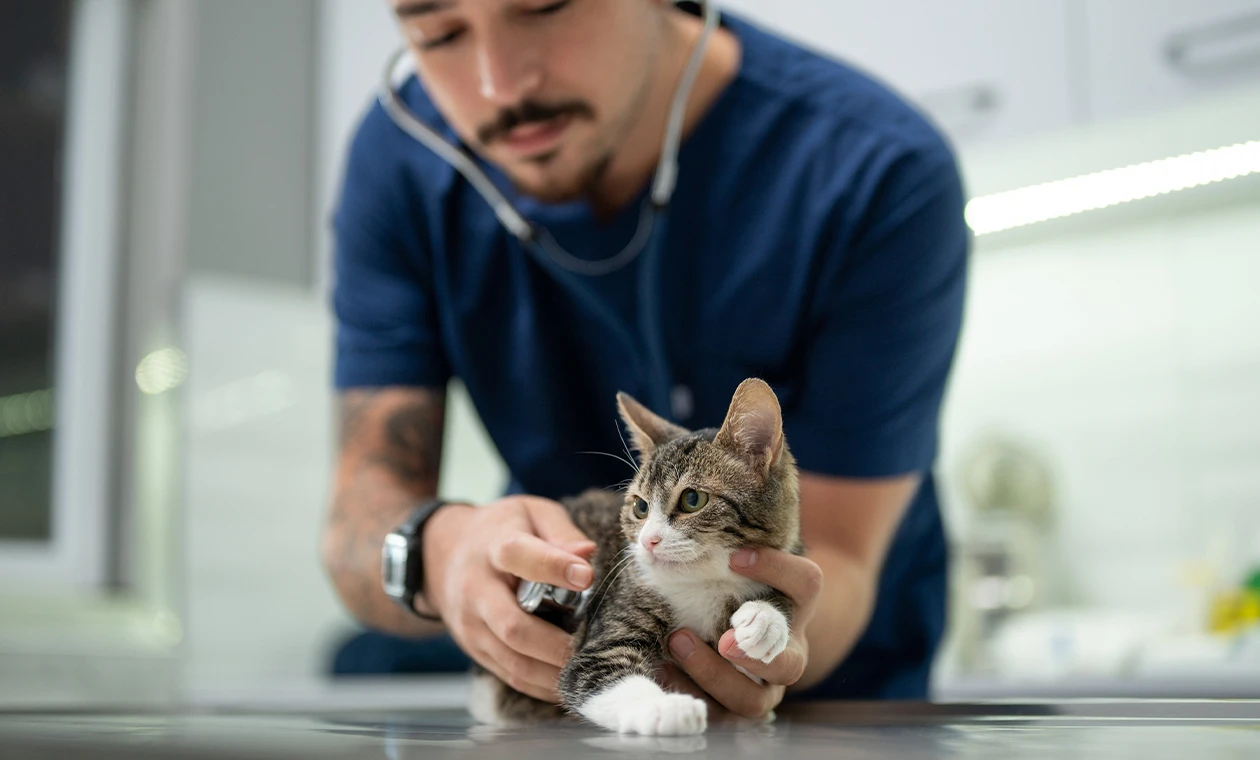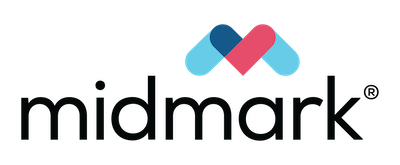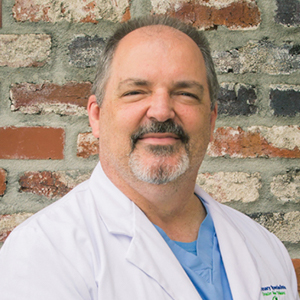Southern
Veterinary
Conference
Birmingham, AL
/
August 7-10
/
100+ CE Hours



Cytological evaluation of samples can be a valuable tool to the veterinary practitioner. Benefits include a good profit center, minimal equipment needed and it is a relatively safe procedure that allows rapid identification of pathology in lumps, bumps, fluids and tissues from internal organs. In addition, cytology allows evaluation of tissues that would otherwise require a much more invasive procedure such as internal organs or internal masses. This presentation will review the proper techniques for sample collection and slide preparation along with a technique for interpretation of materials from tissue masses, organs and fluids.
Cases where cytology was important in diagnosing and monitoring patient diseases will be presented. Cases with frequently seen abnormalities will be presented to emphasize important aspects of laboratory diagnostics.
Lymph nodes are probably the most organ most frequently evaluated cytologically. This session reviews a systematic way to easily approach the cytological evaluation of lymph nodes in the dog and the cat. There will be emphasis on the differences in the diagnosis between the canine and feline species.
The cytological diagnosis of lymphoma in the dog is relatively straight forward. However, the diagnosis of feline lymphoma is, at times, a diagnostic dilemma. This presentation discusses the various types of lymphoma that can be encountered in the cat including location of the lesion and various subtypes of neoplastic cells. In addition, advanced diagnostics used in the diagnosis and classification of lymphoma in the cat will be discussed. Finally, the distinction and diagnostic differentiation between inflammatory bowel disease and small cell lymphoma of the intestinal tract will be discussed, including the value of advanced diagnostics.
Cases will be presented where cytology, hematology and advanced diagnostic were useful in the diagnosis and management of specific disease processes in the cat. These cases should present a practical approach to use of routine and advanced diagnostics in feline diseases.
It is widely accepted that urinalysis is best performed within 2 hours of collection to avoid complications of in vitro forming of elements and degeneration of cells. The use of an in-house, easy and reliable way to evaluate urine sediment will be discussed using manual evaluation and showing images generated by an automated urinalysis analyzer. The accurate recognition and interpretation of clinically relevant formed elements in urine will be comprehensively discussed

In this session, we will review the types of disc disease that can affect dogs and the clinical signs which result. We will outline the diagnostic work and the treatment options available based upon the severity of the clinical signs.
In this session we will discuss a step by step treatment protocol for emergency seizures in dogs and cats. We will outline what to do if the seizures don’t stop when treated in a standard manner.
The practical evaluation of the head trauma patient is important to both determine the best therapeutic approach and the prognosis. In this session we will discuss what aspects of the neurological exam are important in head trauma patients, what diagnostics to consider and what they mean prior to choosing how to treat on an emergency basis.
In this session, we will talk about the practical evaluation of the spinal trauma patient in order to determine the best therapeutic approach and the prognosis. We will discuss treatment options and when there is a conservative option vs. a surgical need.
The drugs available, the side effects and how to use them will be discussed for the management of dogs with difficult to control seizures. Adjunctive alternative approaches will also be discussed.
Neuromuscular disease is a common problem in dogs and less frequent in cats. We will discuss how these cases clinically present, how we can evaluate them and what diseases to consider when they present on an acute basis vs. chronic basis. Although myasthenia should always be considered there are multiple peripheral nerve and muscle causes of this type of weakness that we will talk about, in addition to neuromuscular junction problems which include tick paralysis, botulism and snake bite.


Extractions are the most common surgery performed in general practice and are a frequent source of frustration. Come and review the steps of extractions, learn hints for improving efficiency and how to manage common complications.
Cats have some unique features of oral disease that are important to understand when managing their oral healthy. This lecture will highlight features of tooth resorption, unique features of feline periodontal disease and feline chronic gingivostomatitis.
For many patients, oral tumors are incidental findings identified by veterinarians during conscious or anesthetized oral exams. This lecture will focus on a practical approach after identification of tumors within the oral cavity. More than 60% of oral tumors identified in the dog will be benign, though some of these tumors will demonstrate very locally aggressive behavior. In cats, more than 70% of tumors of the oral cavity are malignant. Early identification is critical for successful treatment. Once identified, oral tumors should be imaged and biopsied. Early intervention is critical for definitive treatment in cases of oral malignancy. Clear and understandable communication with owners is also important during the identification and diagnosis of an oral tumor.
Oral diseases are seen most commonly in older pets. However, there are a number of significant oral disease, including inflammatory disease, malocclusions and injuries that are more commonly identified in young animals. This hour will focus on diagnosis and management of oral disease in young dogs and cats.

This presentation will cover normal, abnormal and unusual dental conditions found on dental radiographs in both dogs and cats.

Description coming soon…
Description coming soon…
Description coming soon…
Description coming soon…

A successful site selection is pertinent to the parameters of a project. This lecture will highlight points of validity during the site selection phase. This analysis of a site’s compatibility for a project will provide the team involved with vital information that will be crucial to a project’s success.
Designing a floor plan considers many factors. Functionality is main priority and a fast changing modern world has added safety to consideration as well. This presentation will consider the factors of effective design and identify the individual importance of these factors to the overall vitality of a final floor plan. Frequent considerations of this important project phase will be outlined and discussed.
In a new age of modern medicine, new discoveries are made everyday. Keeping up with these trends can be time consuming and overwhelming. With this discussion, new trends will be sorted and analyzed for their potential contributions to the veterinary practice. The presentation will also consider how these trends may develop with time.
With this presentation the goal is to provide an informative pathway to designing towards fear free veterinary facilities. The lecture will focus on animal’s innate reaction to color. From there, the lecture will investigate these reactions and its effects on the psychology of perceiving our immediate surroundings. This will lead back to how this approach can be implemented to designing an environment that can support both the physical and psychological needs for our pet’s best health